How has the Mazda CX-5 continued to remain relevant in Malaysia after 7 years?
Earlier this year, Bermaz gave their popular Mazda CX-5 a proper facelift, the largest update to the range since they added the 2.5L turbo model in 2019. Many were quick to point out that the facelift arrived in Malaysia 2 years behind its global reveal. What’s more, the list of changes aren’t that extensive, making the CX-5 feel much older than some of its peers. For some context, just look at its closest rival – the Honda CR-V. the 5th generation Honda CR-V was released in 2017 just like the 2nd generation CX-5. 7 years later, we have a 6th generation Honda CR-V and only a facelifted 2nd generation CX-5. So, what gives and why is it that the CX-5 still remains the most popular Mazda model in Malaysia? To find out we drove two variants – the 2.0G High and the 2.2D High T/C. Here’s what we learnt.
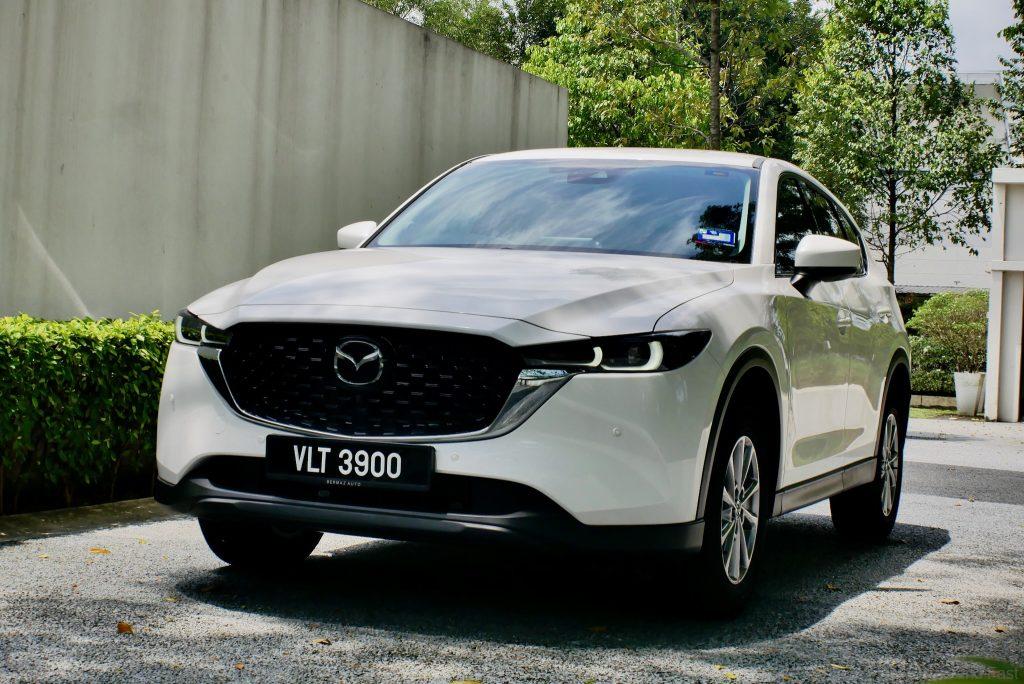
Aged Like Fine Wine
There is little doubt that any car that is kept in production for too long will start to look outdated. The 2nd generation CX-5, at 7 years old, is in danger of this too. Fortunately, Mazda’s leap forward in 2017 for this nameplate was farther forward than any of its peers.




The facelift brings very minor changes to the exterior such as a new front grille and bumper with new LED lighting all around.

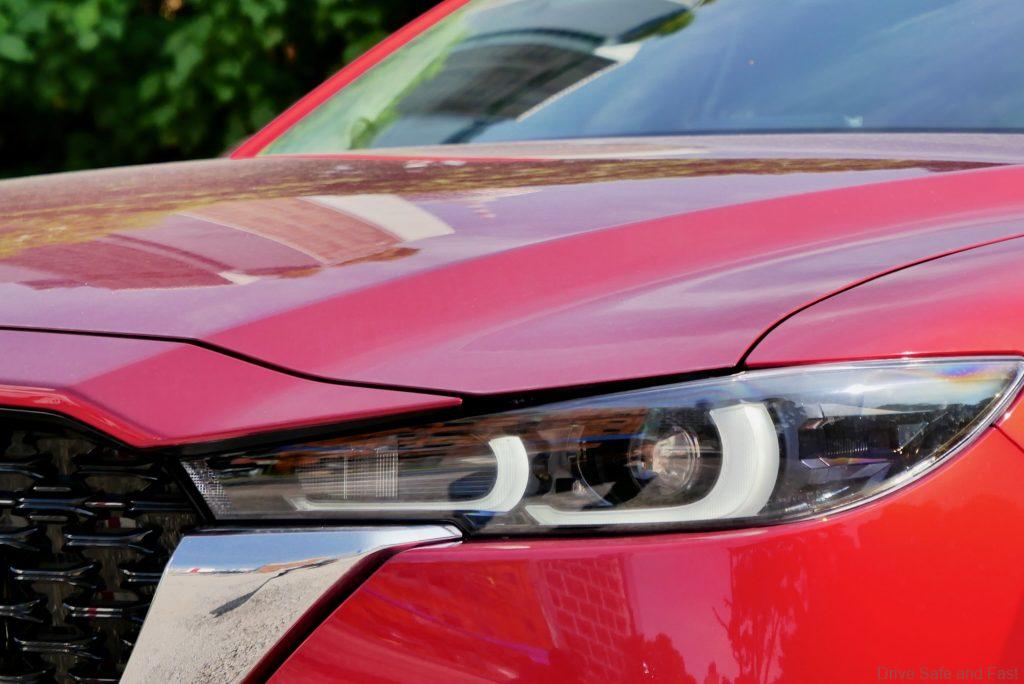
The lighting update brings the car into a more modern era, giving similar vibes to Jaguar Land Rover’s latest design language. It’s really the metalwork that makes the CX-5 stand the test of time. It has always looked sculpted rather than pressed, more “art piece” than “appliance”. So, yes. The CX-5 does not look very fresh, even with this new fascia but I don’t think it looks bad or out of date when timelessness was such a big factor in its styling.
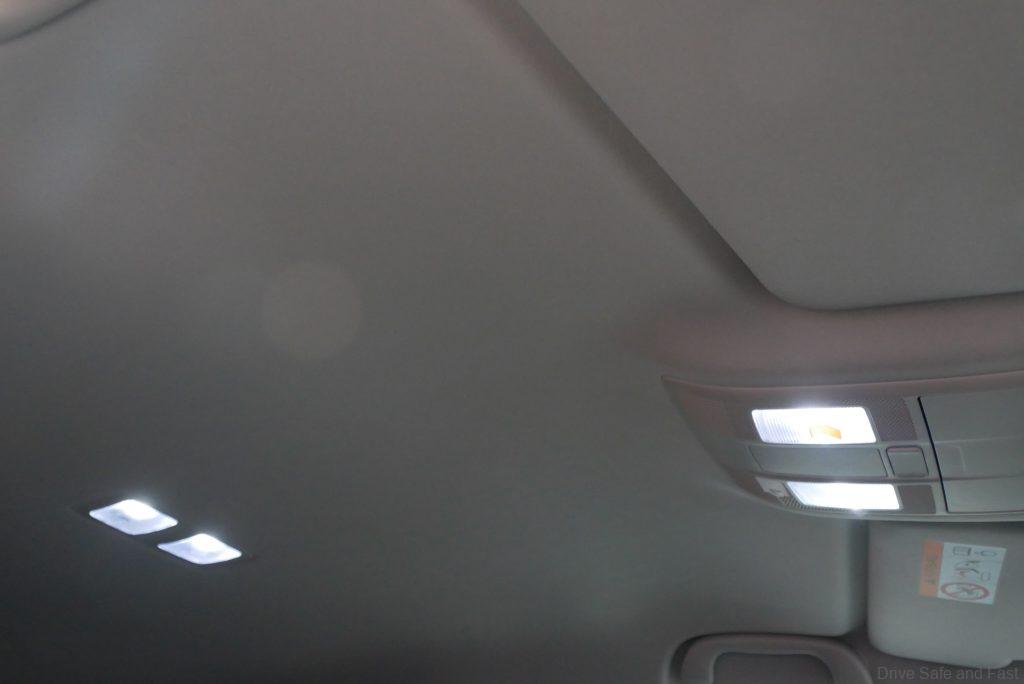
Premium In Taste
Ever since the Kodo design line of Mazdas launched in Malaysia there has been a real debate as to whether the brand should be considered premium or not. After all, the styling, use of materials and performance certainly showed some premium aspirations despite being priced rather reasonably.

I think what set Mazda’s take on premium apart was their ability to discern between tasteful and tacky. They included digital elements that weren’t the largest in class, but their animations were always more fluid and subtle than their rivals.

Yes, every rival gives you a leather-wrapped steering wheel and leather upholstery but Mazda’s always felt and looked a class more expensive with expressive stitching, wood or aluminium inlays to provide contrast. Literally nothing has changed with this facelift CX-5 but I don’t think anything really had to.

Sporty Intentions Is All You Need
If you’ve owned or driven enough cars, you’ll eventually come to realise that cars with sporty intentions are often more rewarding and less tiring to drive than all-out performance cars. For a daily driver, you want something that is tuned to react naturally and has just enough “juice” to get out of its own way. Mazda gives you just that even with the 2.0L petrol-powered CX-5. The sporty intentions can be felt from just the way everything is laid out.

The wheel in front of you is smaller than expected with subtle grooves for you to place your hands. Instrumentation is clear and simple. The accelerator pedal is floor hinged for maximum input control – a feature of very few mainstream vehicles but on nearly every modern Mazda. Their engines are always free-revving and the 6-speed automatics shift almost as fast and as instinctually as many dual-clutch gearboxes (plus the tiptronic layout is correct, push up to downshift, down to upshift).

Brakes are progressive and even the seats feature enough bolstering. This is what makes a CX-5 fun to drive and you get it on even the 2.0L High model.

Taking Care Of Resale Value
Bermaz offers every CX-5 with a 5-year warranty and 5-years of basic maintenance as part of the package price. While it sounds like a simple way to add value to the overall package, part of the intention behind the package was to bolster resale value.

With a solid warranty and free maintenance, owners have no reason to neglect any problems on their car and no reason to neglect OE-quality servicing. Used car dealerships and the buying public have the confidence to pay top dollar for a CX-5 partly for this reason. This also works in Mazda’s favour as used CX-5 prices are relatively high – financially it makes sense to buy new with the intention of selling it after the 5th year of use rather than buying used with minimum depreciation.
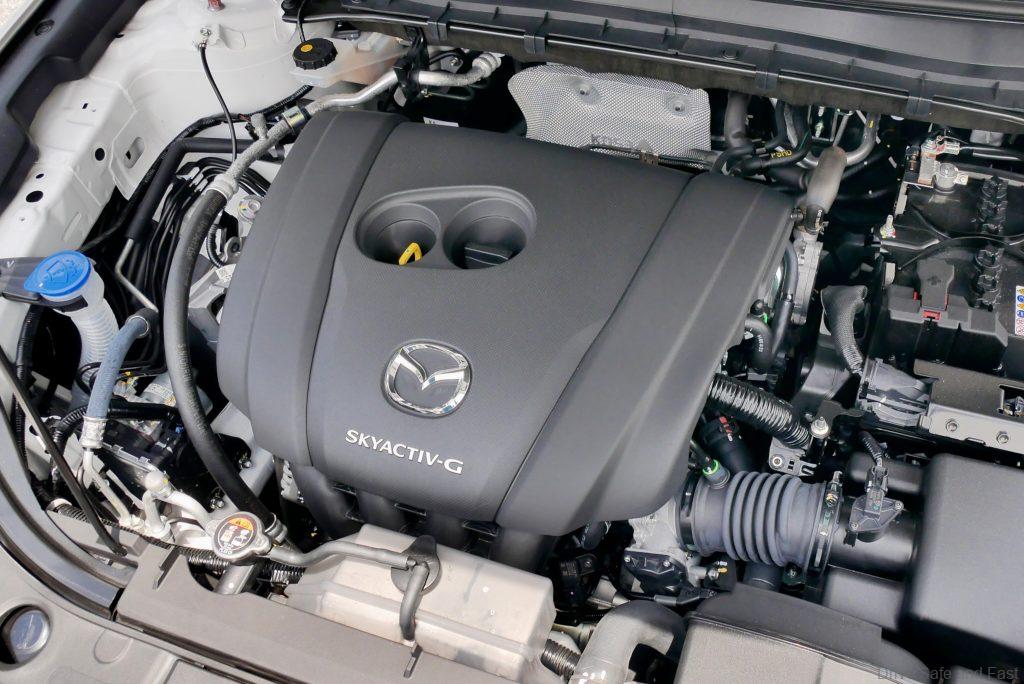
The Corolla Of SUVs
For all the CX-5’s premium aspirations and sporty intentions there’s one thing the CX-5 has managed to deliver on and that’s good value for money thanks to proven resale value and reliability. It has never been the largest car in its class nor has it been the most capable off-road.

What it has been is the right size with the right balance of fuel economy and power, which makes it the rightful “Corolla of SUVs”. What’s more, it even has independent rear suspension and an electronic parking brake which set it apart from the actual “Corolla of SUVs”, the Corolla Cross.

The CR-V is great but it may be too large for some and the lack of a naturally-aspirated engine choice may drive some conservative buyers away. The Forester is overpriced and frankly speaking quite ugly. Korean products too are not price competitive. Yes, the CX-5 is 7 years old, but compared to the Nissan X-Trail, it feels like a much newer product. This is why the CX-5 has become the default Japanese SUV recommendation in Malaysia.

Wide Range Of For Wide Audience
With such wide appeal over such length of time, the CX-5 remains relevant thanks to the wide range of engine choices available. If you’re not looking something economical and simple, the 2.0L models are great. The 2.0L High model has all the bells and whistles you could want including wireless Apple Carplay, a 360-degree parking camera on a serviceable 8” display.

This variant comes with 17” wheels, which will keep running costs low as tyres of this size are still relatively inexpensive.

This spec is the sweet spot for the average buyer and takes care of the little things like having a powered front passenger seat, driver seat memory, leather upholstery, paddle shifters, a powered tailgate and a basic multi-info display.


Those who can spend a little more can opt for the 2.5L naturally-aspirated model, which is only about 8% more expensive but offers larger, better looking 19” rims, ventilated seats, a larger digital display for the driver and of course a noticeable uplift in power. And if you’re looking to chase down a BMW X3 or Mercedes-Benz GLC, you could go for the 2.5L turbocharged model with all-wheel drive.
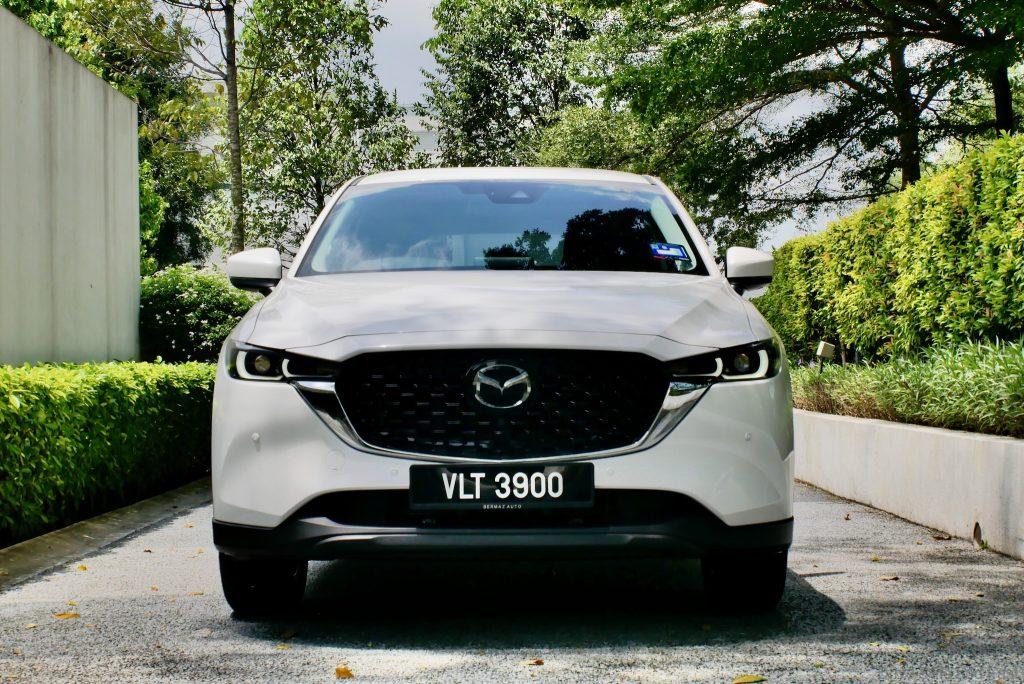
At just over RM190,000 this continues to be one of the most powerful SUVs for the money. The turbodiesel model we tested offered the best balance in our opinion. Lots of effortless torque, all the options ticked, better fuel efficiency than even the 2.0L petrol engine… With the floating of diesel coming soon, some might be worried about running costs. Bear in mind that petrol subsidies will also be relaxed in the coming months and I for one know I’d rather daily a diesel than a petrol should fuel costs go up across the board.
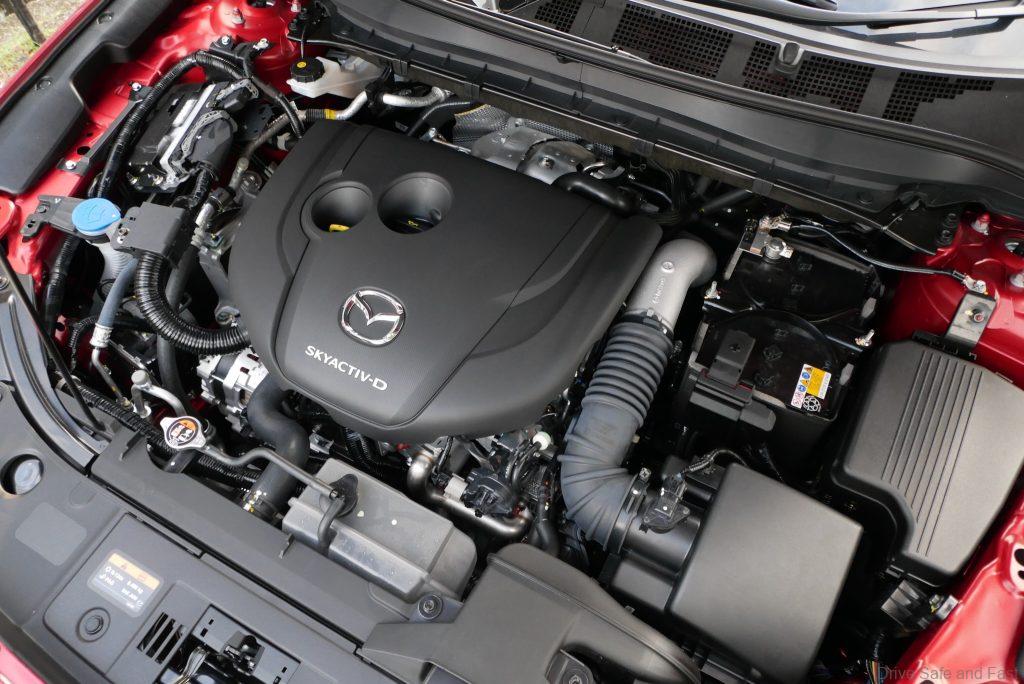
Final Thoughts
Things have definitely gotten tougher for Mazda in the last 7 years. The CX-5 now has Proton and untaxed electric vehicles to go up against. Plus its chief rival from Japan has gotten a full model change. That being said, we still think the Mazda CX-5 will continue to find many new buyers in the coming years. The real question we should ask is when a hybrid powertrain will be added and when will the CX-50 arrive to give existing CX-5 owners and upgrade path.